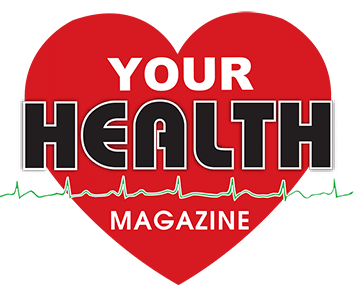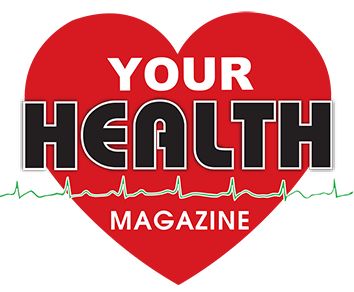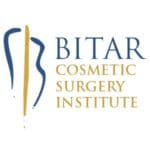
More Special Articles
Obstructive Apnea and Bruxism
Most references for obstructive apnea (OA) are geared to when one is asleep and referred to as obstructive sleep apnea (OSA) caused from deep relaxation during sleep decreasing muscle tone of the tongue and associated structures, thus allowing it to fall back into and block the throat and cut-off breathing.
In the early 1990's the term “hypopnea” was introduced to describe partial blockage of the throat or airway with impaired breathing.
Both conditions are anatomic and signal the body of immediate threat to life, triggering compensatory responses to reverse this condition ASAP at a subconscious level to open the airway and keep us alive. The objective is first and foremost to keep air flowing to and from the cells and a close second is unblocking the throat.
The fight or flight response releases the stress hormone, norepinephrine, into the blood stream. This increases the rate of breathing through a partially blocked throat and forcing the tongue out of the way.
At the same time norepinepherine increases muscle tone throughout the body affecting body posture including head and neck posture. This is commonly recognized in changes in sleeping position. On one's side to on one's back often causes OSA and the snoring sound from partial obstructions. This is less recognized, but just as important to understand, while awake.
Bruxism is a subconscious reaction to move the tongue forward by “grinding” and expand the lateral throat muscles, nasal cavity and sinuses by “clenching” the teeth together. Clenching effectively flattens and lowers the hard palate through pressure on the periphery of the related bones of the skull to increase ease of breathing.
In the Journal of the American Dental Association (JADA) this past February, a patient handout associates bruxism with feeling stressed and describes it as an adult and preschool childhood habit of grinding and clenching teeth and moving the jaw forward over and over again while asleep and awake and being of unknown origin.
If the dental and medical academic communities integrate and focus on the anatomy they will recognize that OA exists while awake. An OA cause and effect relation can be heard in snorting from relaxation during laughing and felt in the stress response, induced by distractions, triggering loss of control of tongue related muscles, thus impairment of breathing.
My next article will focus on how habits are “hard wired” compensations and how each one can reveal what function they provide for survival. This impacts the design, choice of, modification and successful utilization of oral appliances for OA and OSA.
Other Articles You May Find of Interest...
- What To Expect From a Holistic Veterinary Hospital Visit
- Making Your New Year’s Resolution Stick
- Save the Earth, Stop Urinary Incontinence
- Common Questions When Downsizing Your Home
- Overcoming Your Addiction
- ED Medications Don’t Work? Get a Penile Duplex Ultrasound
- Are You an IT Guy? You May Be Suffering From "IT Prostatitis"

















